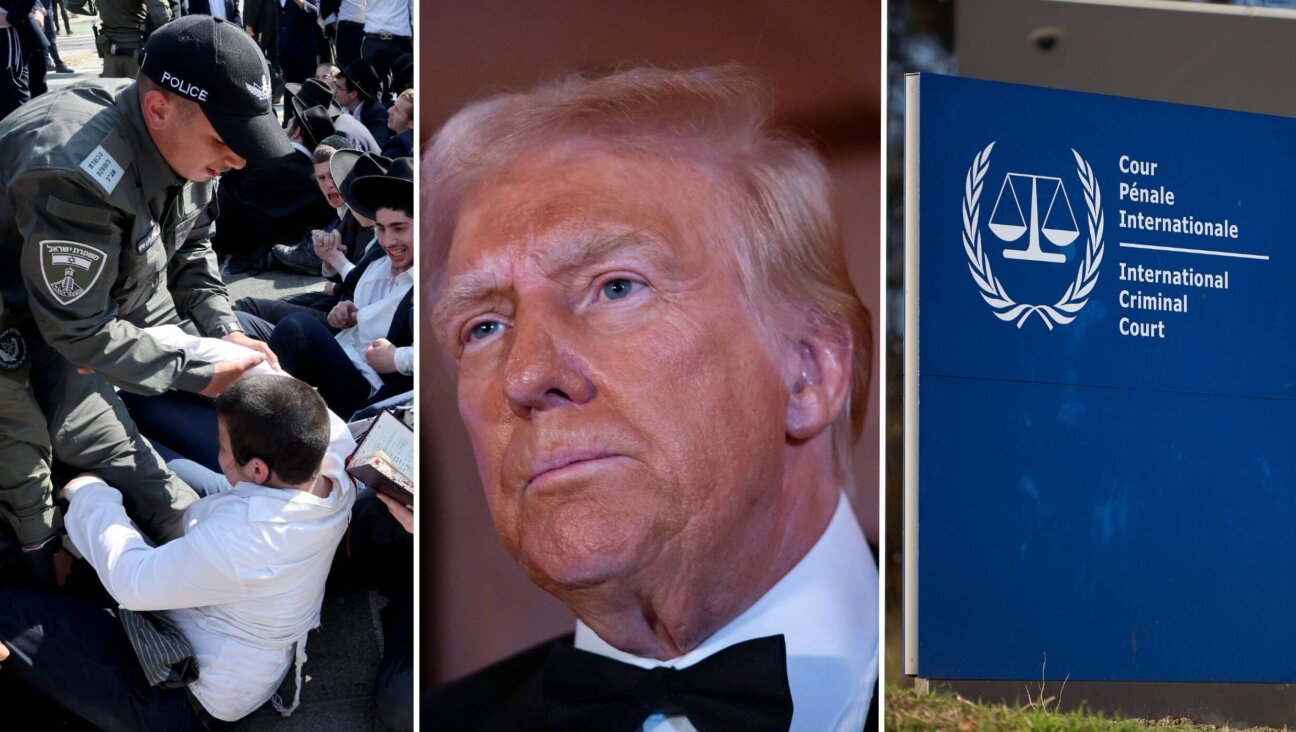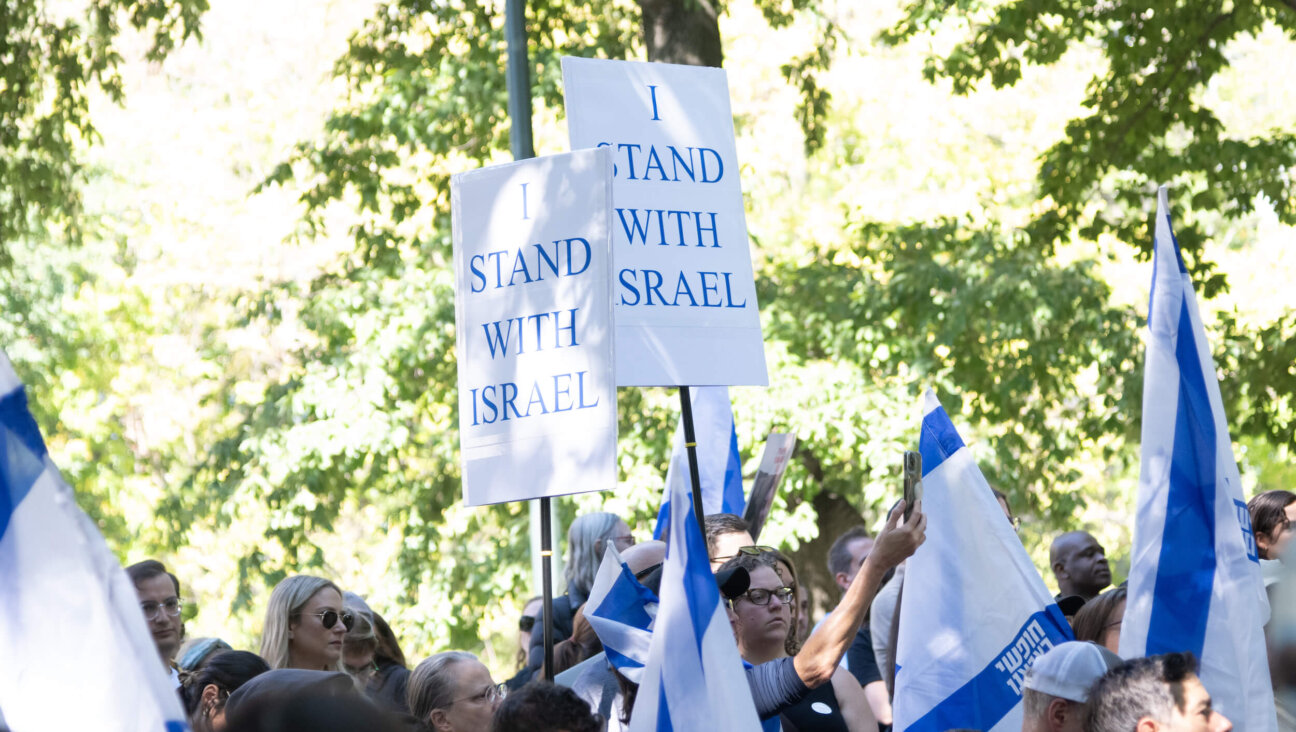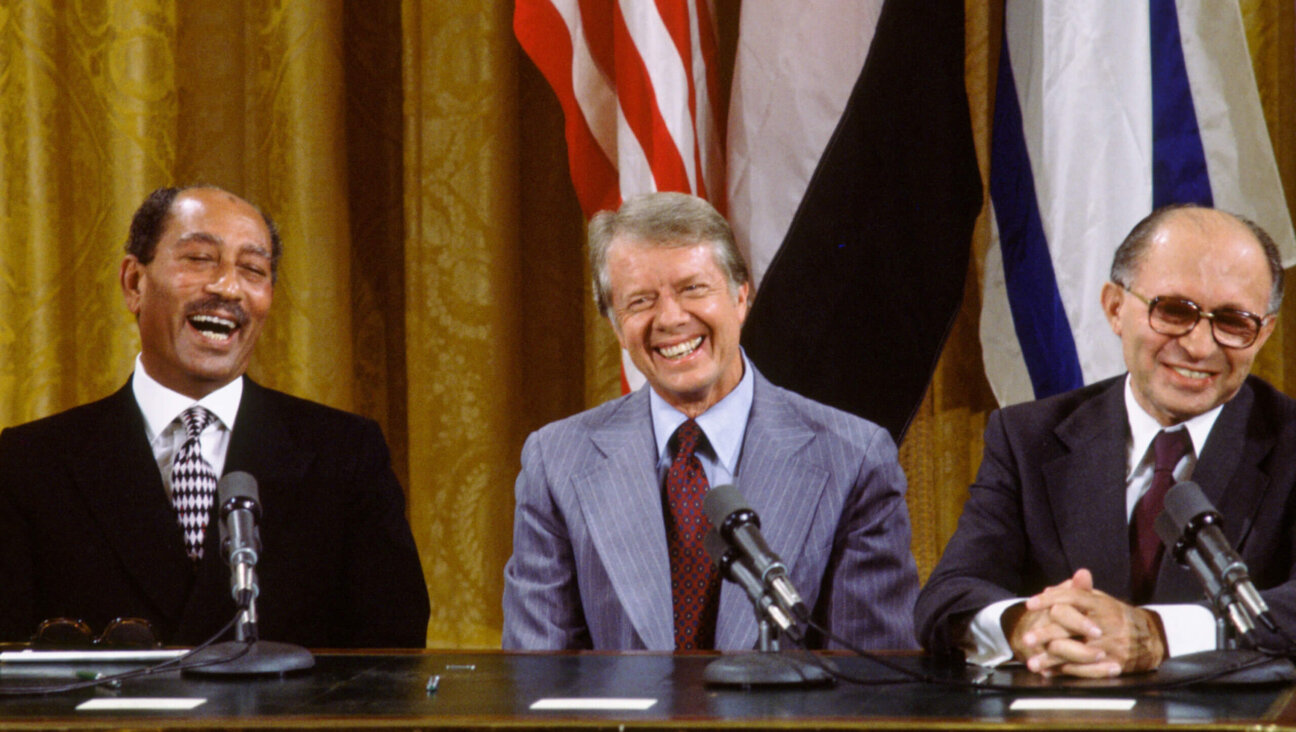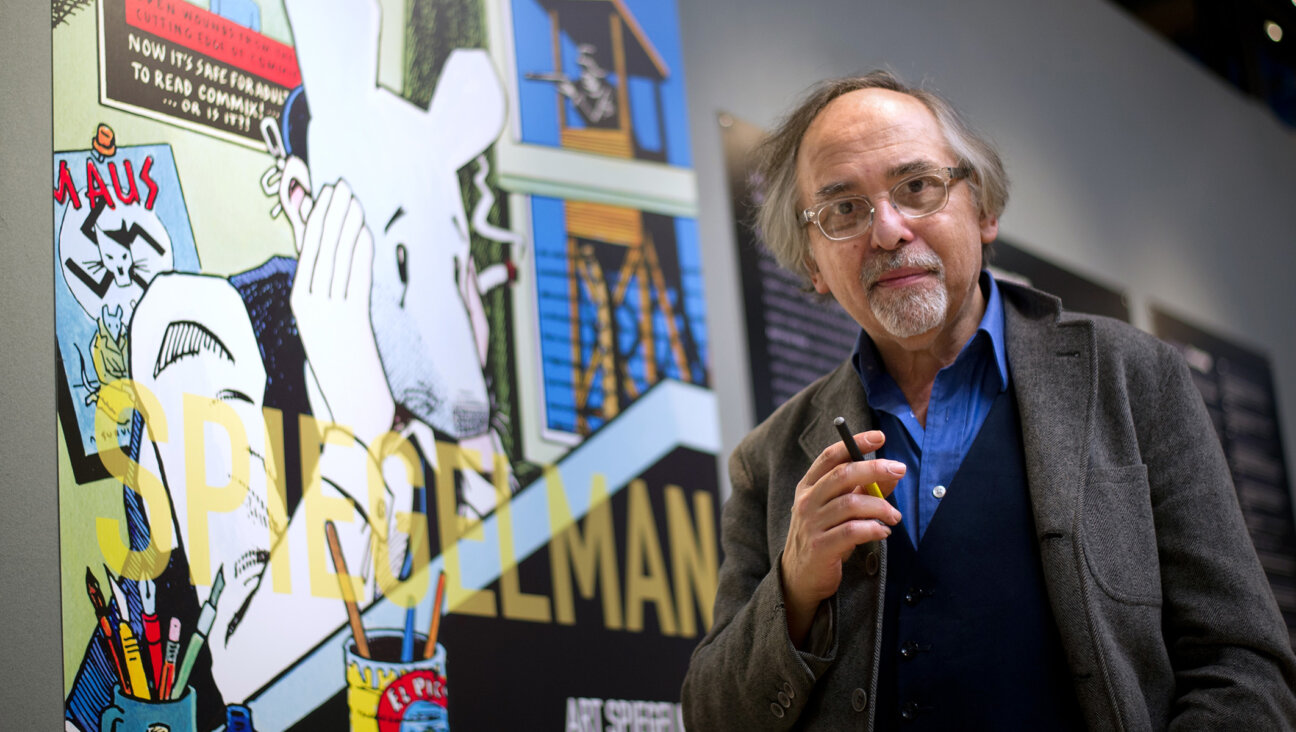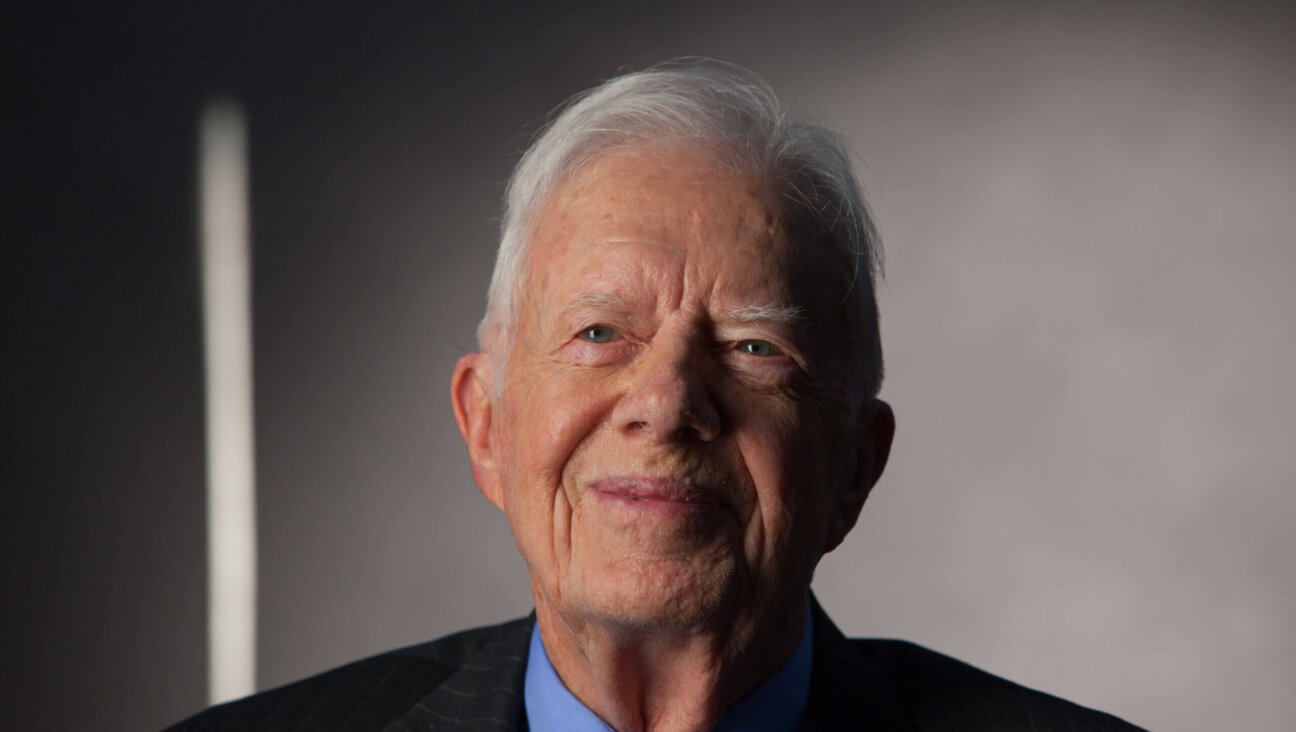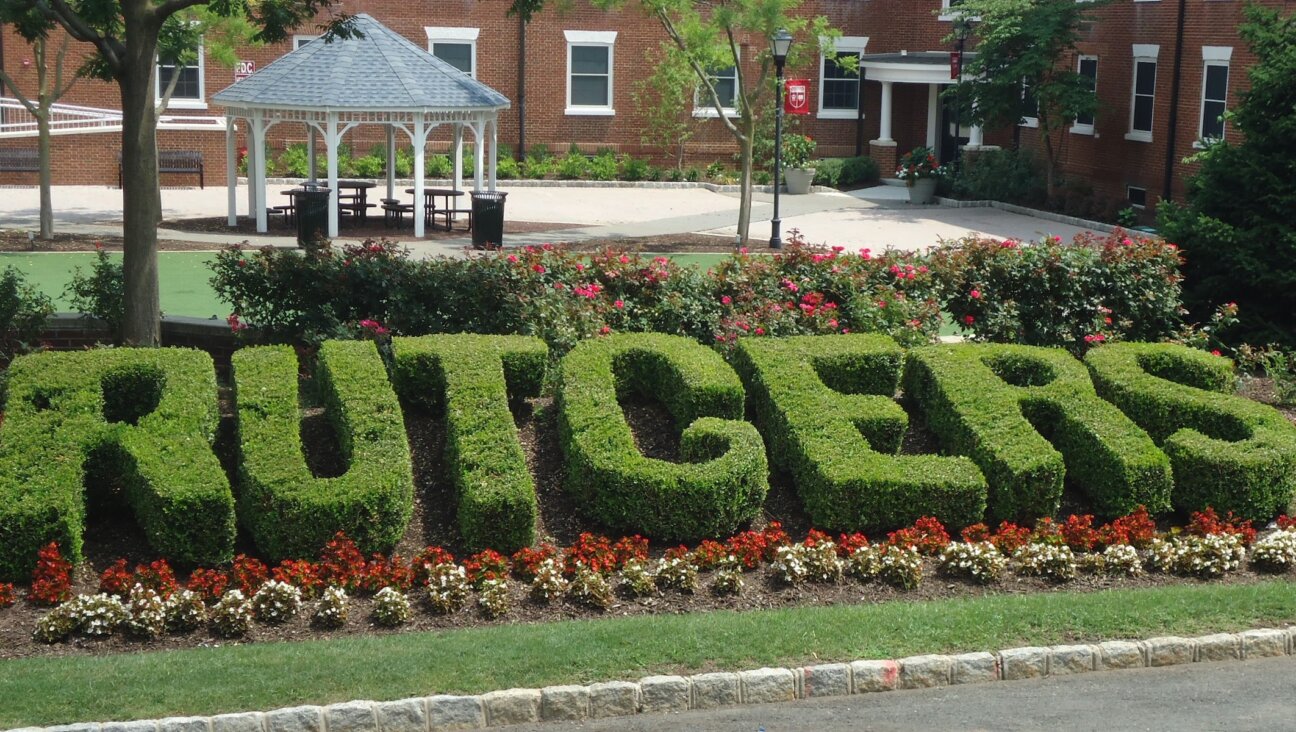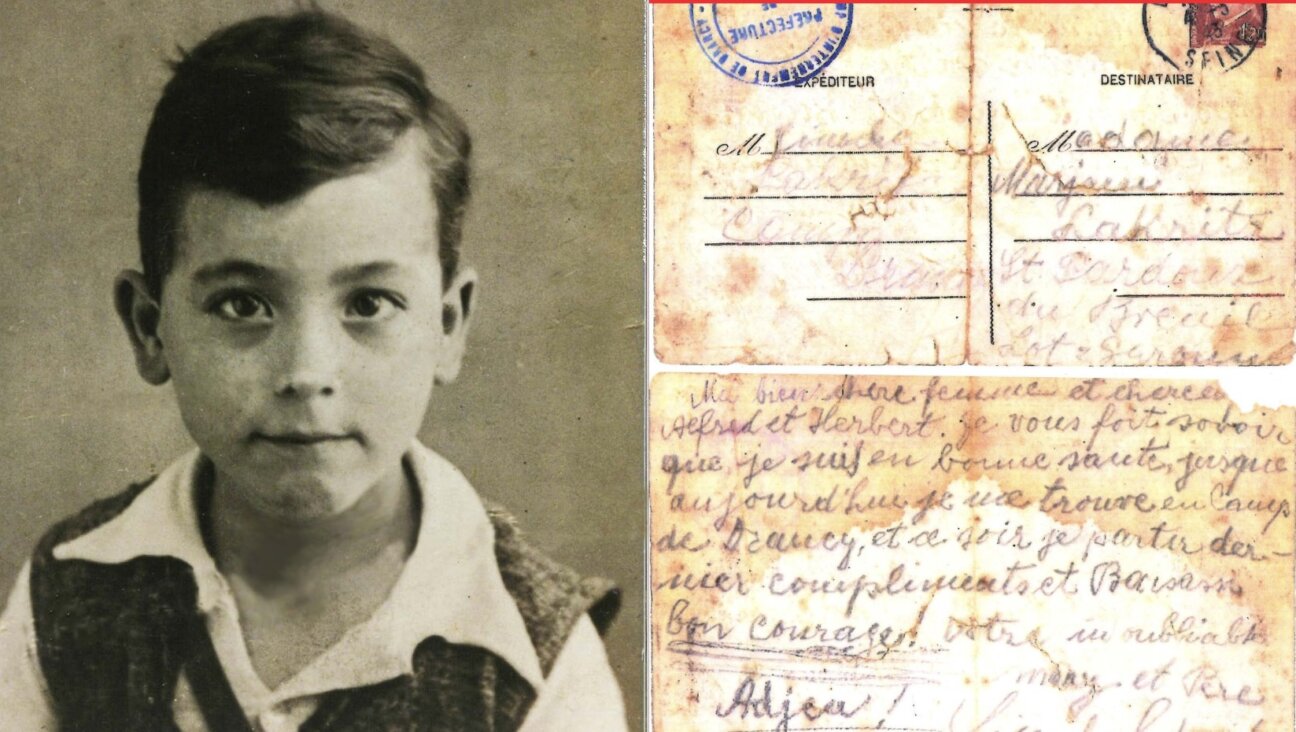Jerusalem, the Eternal and Divisible Capital
Last week, the Israeli government revoked the East Jerusalem residency rights of four Hamas parliamentarians, in response to the Palestinian government’s refusal to denounce a suicide bombing in Tel Aviv. The next day, Israel’s High Court ruled in favor of completing the separation wall surrounding Jerusalem.
Taken together, the two decisions illustrate the degree to which the city is de facto being divided into Israeli and Palestinian zones — zones that, in any future attempts at conflict resolution, could form the basis f or two separate Jerusalems.
Since 1967, every Israeli government — including the newly inaugurated one led by former Jerusalem mayor Ehud Olmert — has vowed that the city will remain the eternal and indivisible capital of the Jewish people. But as experience has shown in recent years, while politicians continue to roll out oft-repeated political statements for the benefit of their domestic constituencies, it is the facts on the ground that set the real agenda for the future.
The only part of Jerusalem that currently has clearly defined physical boundaries, at least until completion of the eyesore that is the separation wall, is the Old City itself. The rest of the city constitutes a growing and changing metropolitan area which, like all such cities throughout the world, has to find appropriate municipal and planning solutions to such mundane issues as transportation, infrastructure, employment, open spaces, housing and education. The difference between Jerusalem and most other cities in the world, of course, is that these issues have to be resolved against the backdrop of a national conflict.
The present city limits were determined soon after the Six-Day War, when Israel annexed East Jerusalem through the extension of civilian law to those neighborhoods that had been under Jordanian administration since 1948. During the last 39 years, politicians and city planners have filled in the municipality’s empty spaces with Jewish neighborhoods, with the aim of ensuring long-term Israeli control and eventual sovereignty over the city.
But just as Jewish Jerusalem expanded westward prior to 1967, for lack of any other choice, so too has Palestinian Jerusalem expanded eastward and northward into the West Bank since 1967. Abu Dis, the neighborhood many Palestinians expect to be the seat of the future Palestinian capital, is located on the far side of the separation wall.
That Abu Dis does not fall within the formal municipal boundaries of post-1967 Jerusalem is simply a product of the way that all cities eventually outgrow their formal boundaries. What usually happens at such a juncture is that a government commission is appointed to redraw the boundaries in such a way that the formal limits of the city are brought into line with functional developments. What was previously a suburb then becomes part of the city, while city government undergoes its own restructuring and internal reorganization to better fit to the new realities.
Unintentionally, the separation wall has effectively done the job of a government commission: It has defined a clear division between Jewish and Arab parts of the city, although the cut is far from clean. Those areas that may not have been part of the formal municipality, but had clearly expanded and coalesced into the functional city, have now taken on their own separate municipal identity.
In the short term, the separation wall will continue to have a negative effect on the working and social conditions of East Jerusalem Palestinians, many of whom now find themselves cut off from their former places of employment or commerce. But in the long run, the separation wall’s construction has legitimized the de facto creation of two Jerusalem entities: the existing one for Israel, and a new one for the Palestinians. The Israeli government has, in effect, re-divided the city along national and ethnic lines for the first time since the stated re-unification of Jerusalem in 1967.
Ironically, last week’s attempt to take away the residency rights of four Hamas members of the new Palestinian parliament is a step in the same direction. On the one hand, successive Israeli governments since 1967 have asserted the residency rights of East Jerusalem Palestinians in an attempt to ensure that these areas are part of a “unified” city under Israeli control.
But in the battle for demographic hegemony, these same governments have made it increasingly difficult for Palestinians to exercise those residency rights and have done everything possible to rescind those rights from as many Palestinians as possible, especially those who have been out of the country for any extended period of time.
The desired outcome, as far as Israel is concerned, is that these people will be forced to leave the city and move into other non-Jerusalem parts of the West Bank. This has not happened, however. These people have remained in their homes, many of which have been in the family for generations.
At the same time, Palestinians residing in the newer Palestinian neighborhoods of East Jerusalem — which are located on the far side of the separation wall — have never been offered Jerusalem residency rights in the first place since, according to the outdated municipal boundaries, they are not part of the city.
Jerusalem has never been unified in anything more than name and political statement; shops, schools, transportation services and residential neighborhoods have always remained separate and highly segregated from each other. By their own doing, however, the Israeli government and High Court have helped create the geographical and demographic conditions for the eventual establishment of two capital cities, one Israeli and one Palestinian, in a municipal entity that each can call Jerusalem.
David Newman, a professor of political geography at Ben Gurion University of Negev, is editor of the international journal Geopolitics.
A message from our Publisher & CEO Rachel Fishman Feddersen

I hope you appreciated this article. Before you go, I’d like to ask you to please support the Forward’s award-winning, nonprofit journalism so that we can be prepared for whatever news 2025 brings.
At a time when other newsrooms are closing or cutting back, the Forward has removed its paywall and invested additional resources to report on the ground from Israel and around the U.S. on the impact of the war, rising antisemitism and polarized discourse.
Readers like you make it all possible. Support our work by becoming a Forward Member and connect with our journalism and your community.
— Rachel Fishman Feddersen, Publisher and CEO







